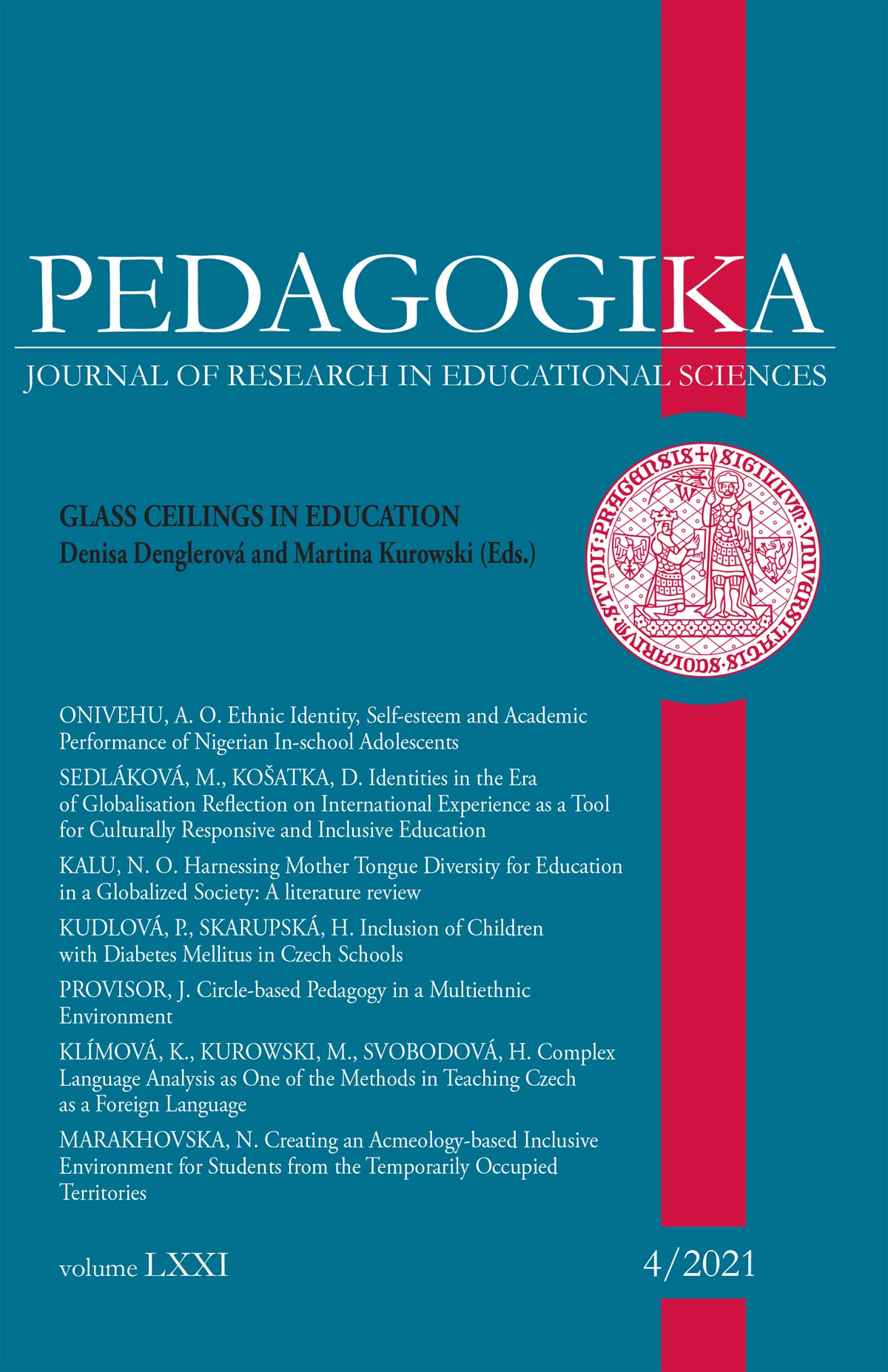Complex Language Analysis as One of the Methods in Teaching Czech as a Foreign Language
DOI:
https://doi.org/10.14712/23362189.2021.2061Keywords:
complex language analysis, pupil with different mother tongue, migration, Czech as a second languageAbstract
As the number of foreigners in the Czech Republic keeps rising, teachers are faced with the novel task of teaching Czech as a foreign language. Approaching this issue, the authors here discuss the method of ‘complex language analysis’, which supports the learning process by reconnecting abstract language expressions with the real world. Three functions are particular to this method: motivation, repetition, and practising of the curriculum, deepening the understanding of the new schoolwork.
References
Brown, J., Miller, J., & Mitchell, J. (2006). Interrupted schooling and the acquisition of literacy: Experiences of Sudanese refugees in Victorian secondary schools. Australian Journal of Language and Literacy, 29(2), 150-162.
Čechová, M. (1996). Komplexní jazykové rozbory [Comprehensive language analyses]. Praha: SPN.
Cummins, J. (1979). Cognitive/academic language proficiency; linguistic interdependence, the optimum age question and some other matters. Working Papers on Bilingualism, 19, 121-129.
Team of authors. (2012). Příruční mluvnice češtiny [Handbook of Czech]. Brno: Nakladatelství lidové noviny.



